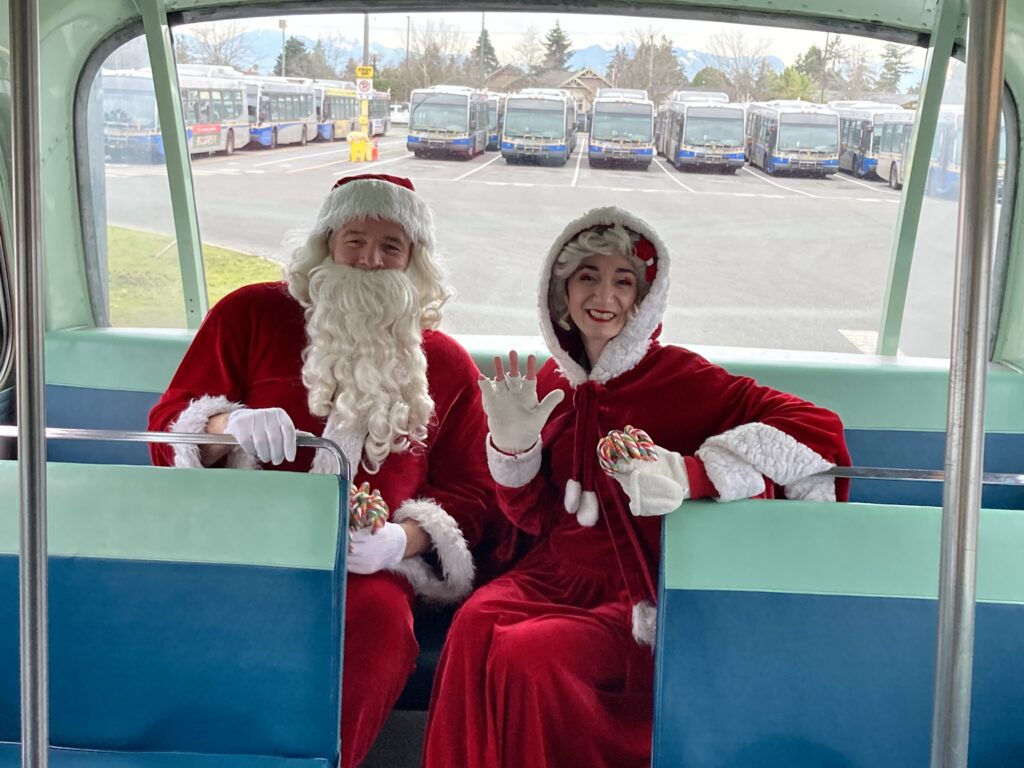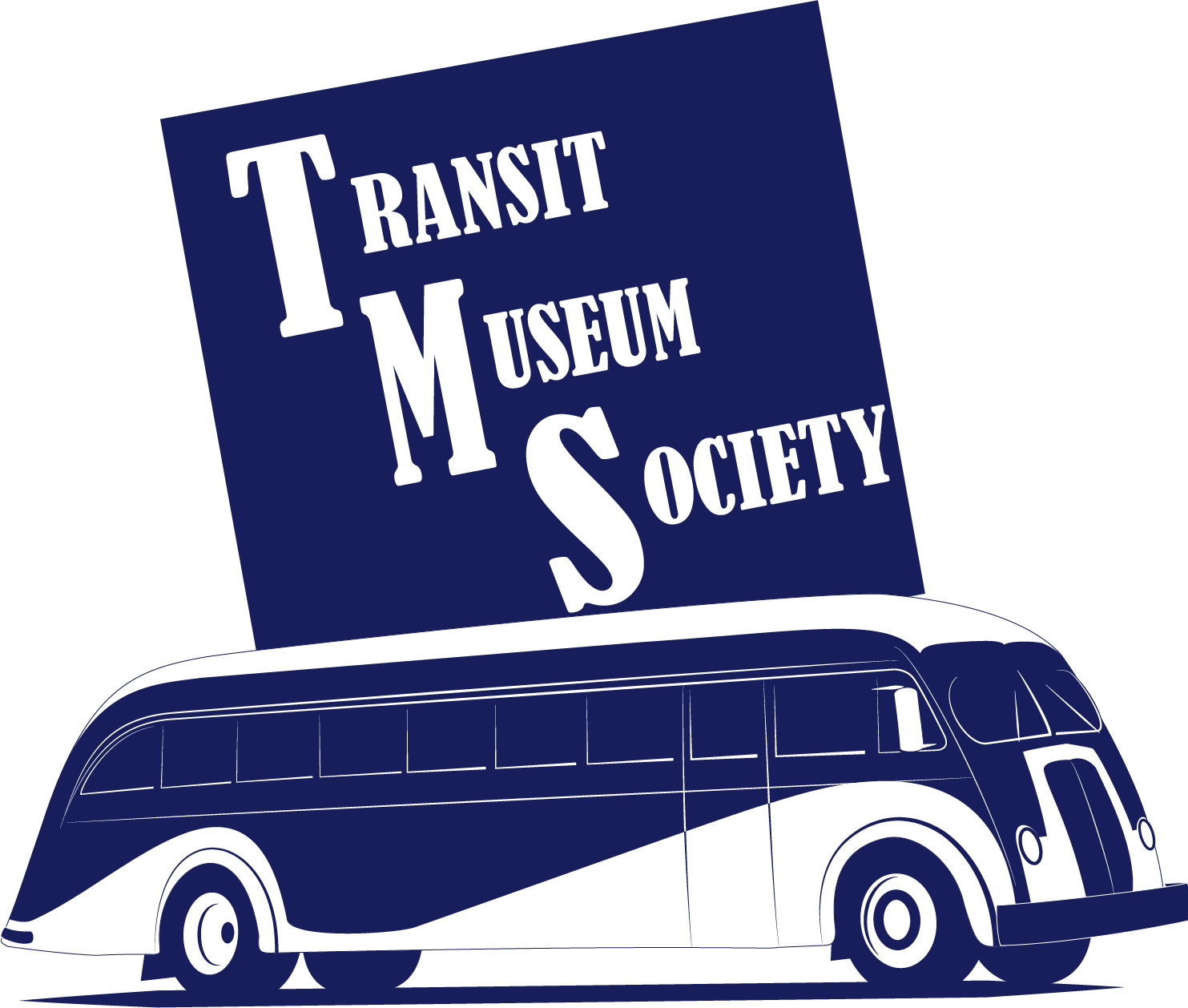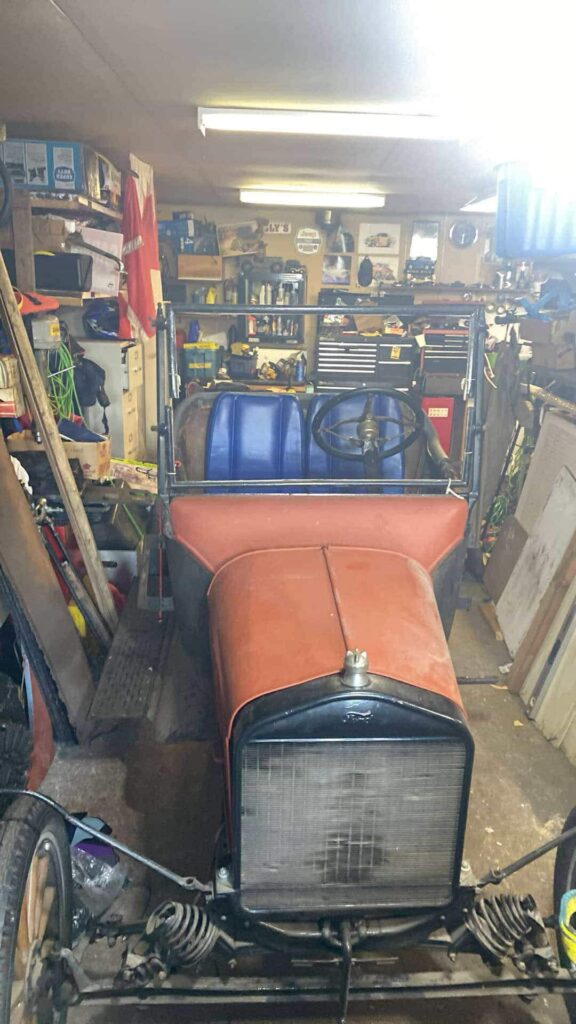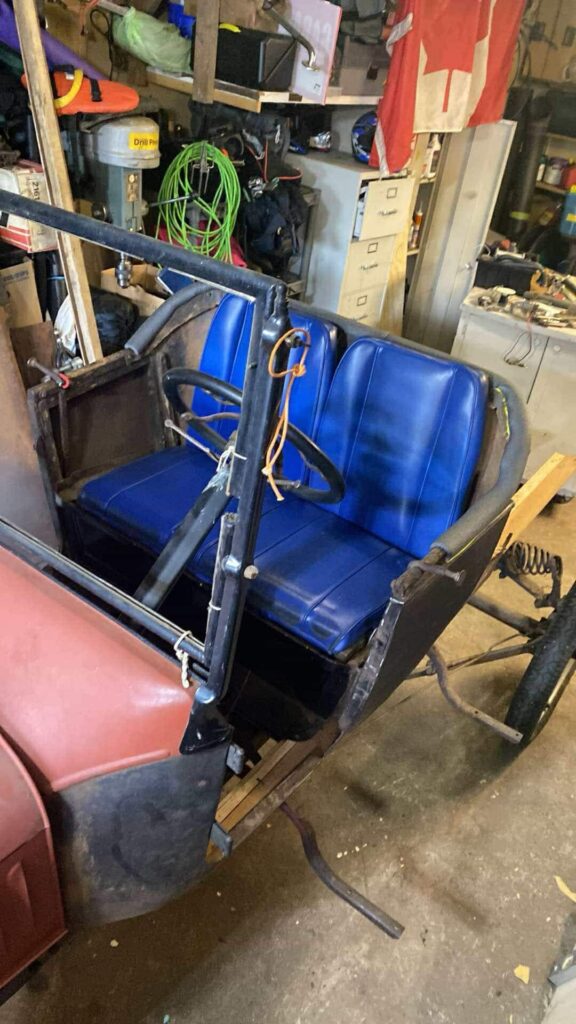Bryan Larrabee, President, Transit Museum Society
A Visit From Santa and Mrs. Claus
This week we were invited to attend the Richmond Transit Centre (RTC) Holiday lunch, so Angus, Lawrence, Matthew and I took #4612 to join the festivities. We were treated to a full turkey dinner and met many of the RTC operators, mechanics and staff. Lawrence fixed up the story boards and put them in the bus and we gave tours. A nice surprise was a visit from Santa and Mrs. Claus.
It was an honour and a pleasure to be invited and of course our 1964 GM Fishbowl (#4612) was a big hit. We took the opportunity to photograph some of the remaining 9 Orions as well as one of the Santa Buses.
Of course Angus McIntyre knew nearly everyone and posed for several pictures himself.
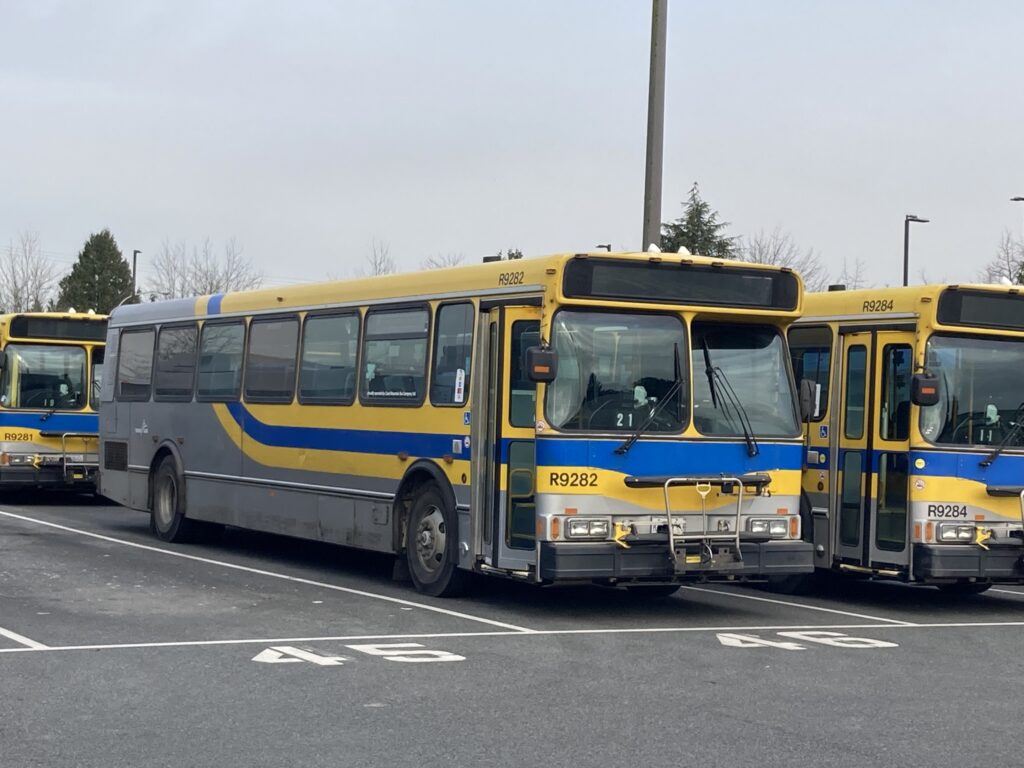
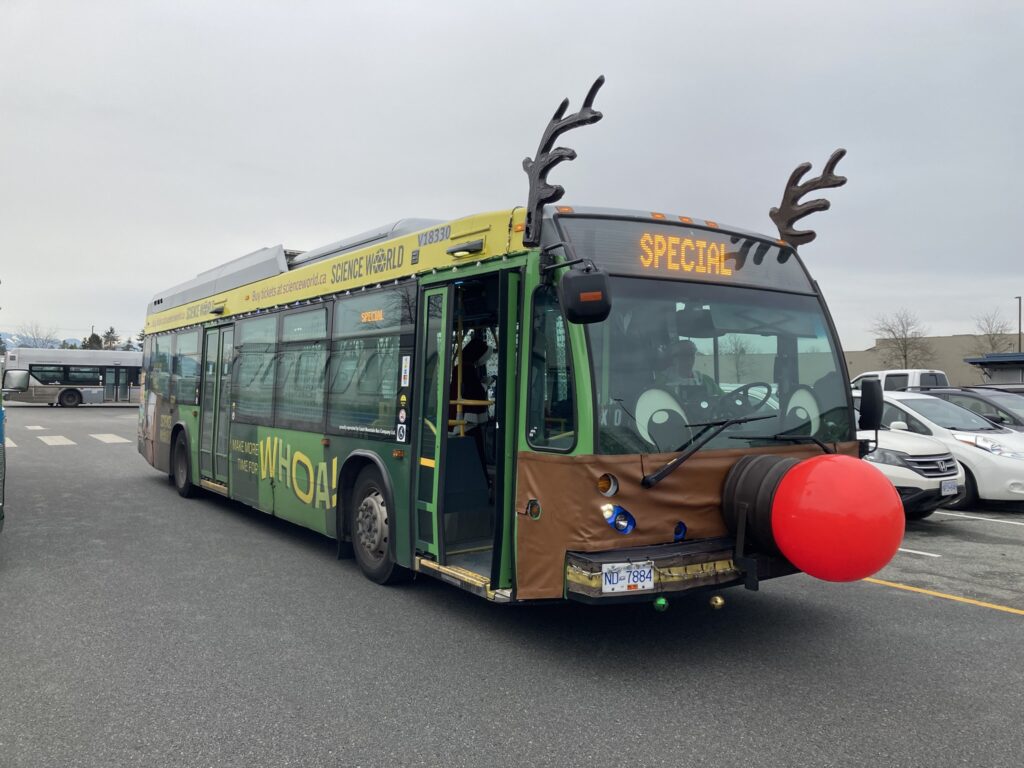
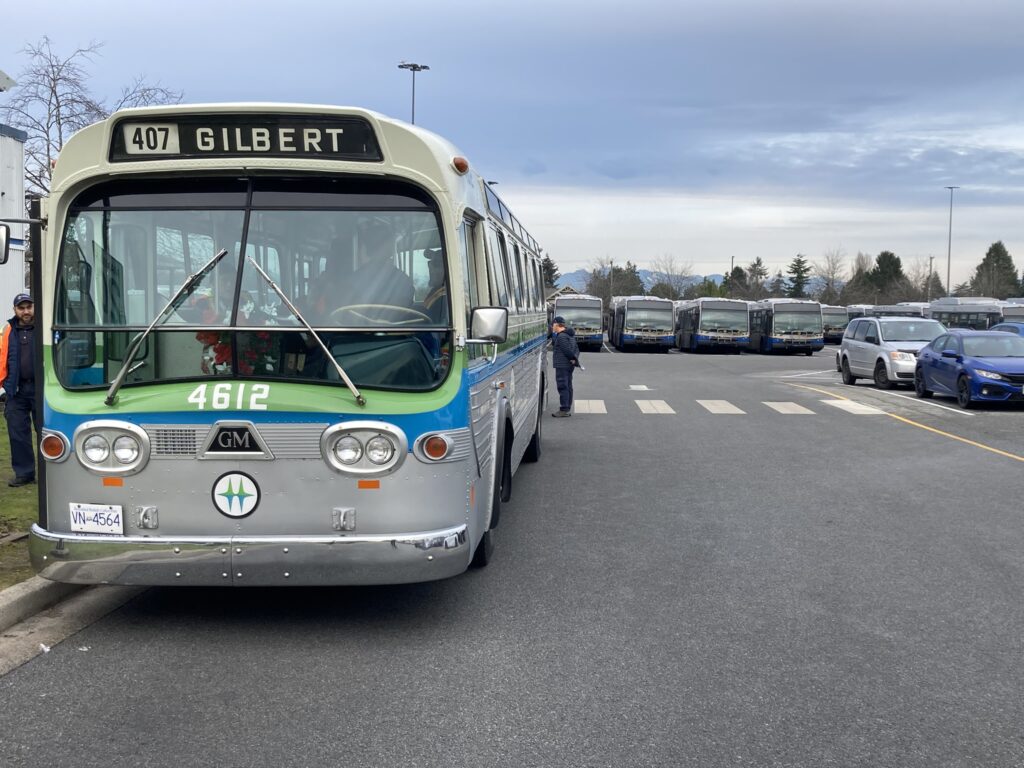
Lots of transit talk and comparison of the Fishbowl with the current fleet. The non-ergonomic driver’s area drew a lot of comments especially from operators wondering what it must have been like to have no power steering, no adjustable steering wheel and seat. The advertisements in the bus were popular and Angus was more than willing to talk about driving in the old days.
